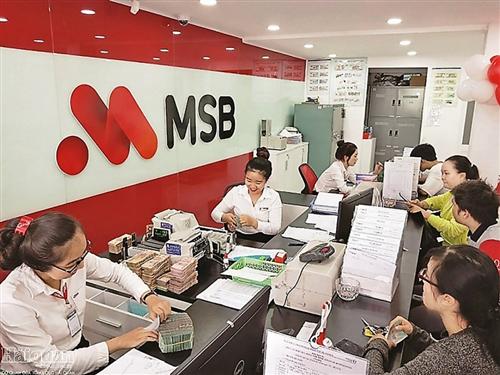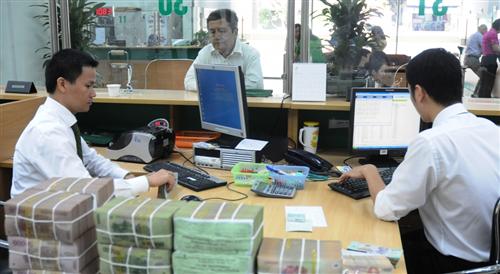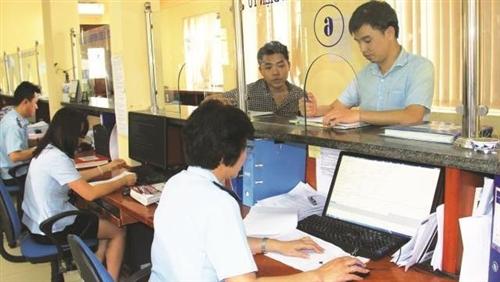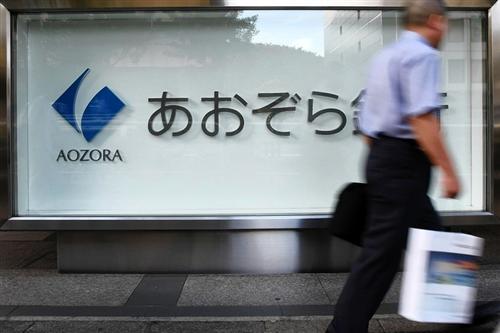Current policies still leave SMEs thirsting for capital
Current policies still leave SMEs thirsting for capital
Although bank credit for small and medium enterprises (SMEs) has surpassed the economy’s credit growth, SMEs are still thirsty for capital.
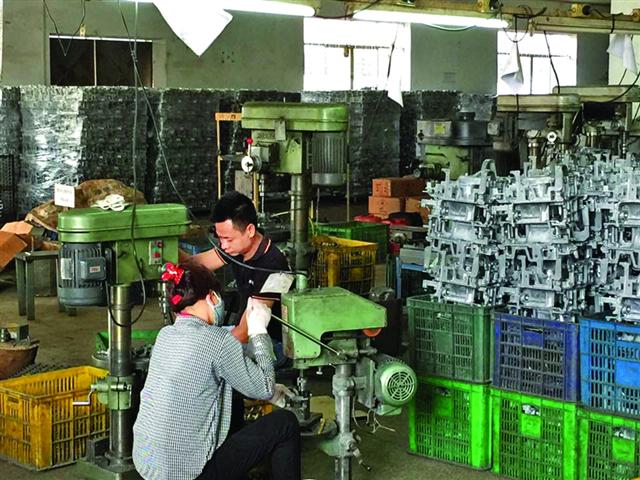 |
Unsatisfied capital demand
According to the State Bank of Vietnam (SBV), as of October 4, credit grew 8.95 percent compared to the beginning of the year, reaching more than VND7,850 trillion. The banks continued pouring capital into priority areas, including SMEs. Speaking at a recent SBV seminar on enhancing access to bank credit, Nguyen Quoc Hung, Director of the SBV’s Credit Department said that as of September 30, 2019, the credit balance for SMEs reached almost VND1,476 trillion, up 12.9 percent compared to the end of 2018, with 196,689 customers with outstanding loans. Outstanding loans for SMEs in industry and construction accounted for about 41 percent; those for SMEs operating in commerce and services represented 54 percent; and those for SMEs in agriculture, forestry and fisheries accounted for only five percent of total outstanding loans.
“In late September 2019, the outstanding loan balance for SMEs grew 9.4 percent compared to the end of 2018, higher than the economy’s credit growth and higher than the same period in 2018. While SMEs have poor opportunities to mobilize capital through the securities market, and state capital and international financial assistance remain modest, the banks are still a major source of capital for SMEs,” Hung said.
According to Deputy Governor of the State Bank of Vietnam, Dao Minh Tu, SBV has directed the entire banking sector to promptly meet the capital needs and create favorable conditions for all economic sectors, including improvement of business access to preferential credit policies. However, according to the media and reports by localities, credit institutions, associations and industries, enterprises are still encountering many difficulties in accessing bank capital, Tu frankly admitted.
Simplifying loan procedures
Representatives of some SMEs said that in recent years, the banking sector has been realizing solutions to meet enterprises’ capital needs. Credit institutions have taken the initiative in introducing SME customers to preferential programs and products with interest rates lower than those stipulated by the SBV. However, Pham Huy Hung, Vice Chairman of the Vietnam Association of Small and Medium Enterprises said it is necessary to simplify credit access procedures to enable enterprises to access credit institution capital, credit guarantee funds for SMEs, and SME development funds. Credit institutions need to build a system for borrower rating in order to increase non-collateral loans for accredited customers, Hung suggested.
Truong Thi Chi Binh, Vice Chairwoman and Secretary General of the Vietnam Association of Supporting Industries (VASI) said the SBV should help commercial banks provide guarantee-based loans according to supply chains, and pave the way for support industry enterprises to benefit from preferential loan interest rates.
Dang Hong Anh, Chairman of the Vietnam Young Entrepreneurs Association (VYEA) said credit institutions should take the initiative in working with SMEs and startup on their loan proposals and apply secured lending measures based on borrower capability assessment. They can get VYEA branches in 63 provinces and cities to help verify borrower capability, he said.
| Deputy Governor of the State Bank of Vietnam, Dao Minh Tu said occupational associations should enhance their role in linking SMEs with credit institutions, assist their members with market information and trade promotion, and protect the legal rights and interests of their member businesses. |




